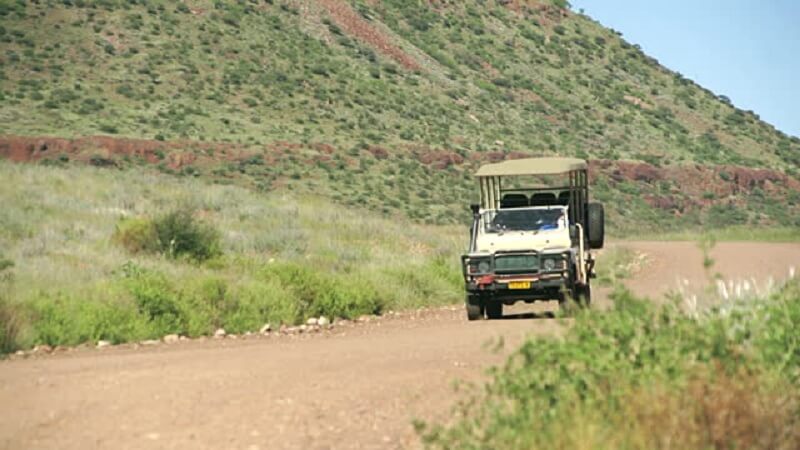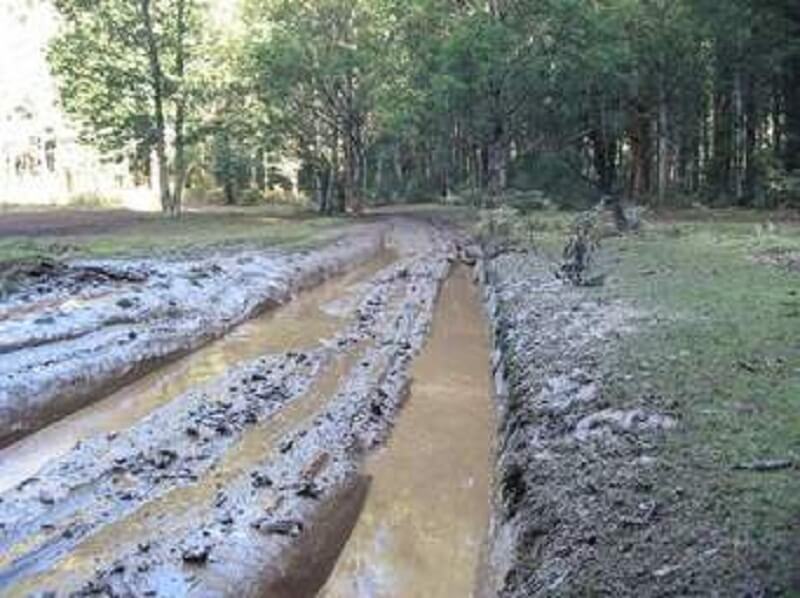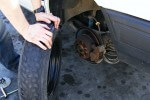Car Care & Maintenance · The African Autos · Trends & Opinions
Driving a 2-Wheel-Drive Vehicle on Muddy Roads
You might be a dedicated driver who operates a big-tired, two-wheel-drive truck and looks for the biggest mud holes you can find, or a weekend warrior who must occasionally navigate a soft, rutted dirt road following a soaking of rain. Either way, all drivers who venture off the asphalt must know how to tackle the mud and avoid getting stuck. Most basic soft-ground situations are navigated easily, even in a two-wheel-drive vehicle by simply keeping forward momentum going with a little gas and working the wheel back and forth when necessary for additional traction.
But to deal with deeper or softer-than-usual mud or sand or deep-rutted muck, remember to follow these tips;
1. Slow and Steady
When approaching a stretch of visibly muddy road or ground, maintain a slow but steady speed. Land Rover offers this advice to drivers: “Drive as slowly as possible and as fast as necessary.” Never speed through mud, as the slippery surface can make it easy to lose control and hit a tree or other nearby obstacle.
2. Maintain Control
Keep the wheels straight as you enter the muck and for as long as your momentum continues. Racking the wheel back and forth can be useful when you start to bog down, as it helps the tread on the edge of your tires grab. However, as long as you are moving forward at a steady speed, turning the wheels will only slow the momentum and increase your odds of getting stuck.
3. Walk It First
In the case of deep mud or water holes, get out and walk the ground before driving through it, poking the bottom with a stick to make sure it isn’t too deep for your vehicle.
4. Avoid Ruts
It’s better to blaze your own path in a deep mud situation, as ruts caused by other drivers can reduce steering ability and can be next to impossible to pull out of. They also tend to hold the softest, wettest portion of mud and reduce the amount of clearance between the ground and bottom of the vehicle, increasing the likelihood of getting seriously stuck.
5. Let Some Air Out
If necessary in mud and almost always when driving on sand, reduce the amount of air pressure in tires to allow more tread to make contact with driving surface. Sometimes the best way to avoid getting stuck is by knowing when to simply turn around and go another way.
Remember to always drive within your abilities, and whenever possible, only tackle mud, sand or other non-pavement driving situations in the company of someone in another vehicle, just in case you need them to pull you out.







